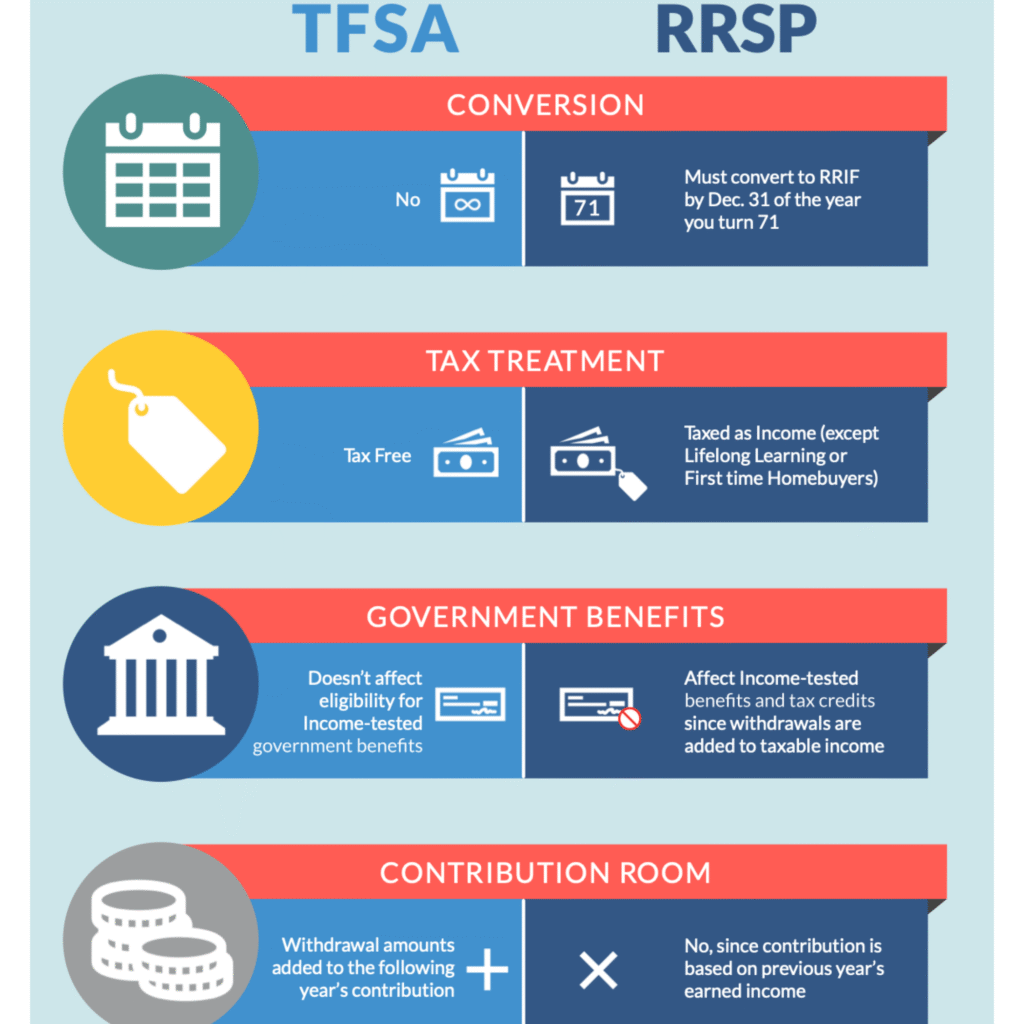“Updated October 2025 – Added new data and recommendations.”
Disclosure: This post may contain affiliate links. We may earn a commission if you sign up through our links, at no extra cost to you.
How to Invest in Stocks in Canada with Little Money

Introduction
Think you need thousands of dollars to start investing? Not true. In 2025, Canadians have more tools than ever to start building wealth with just a small amount of money. Thanks to commission-free trading apps, fractional shares, and low-cost ETFs, you can get started with as little as $50–$100.
Here’s the good news: you don’t need to be rich, or even “good with money,” to start investing in stocks. What you do need is the right account, the right platform, and a simple plan that makes your money work for you — even if you start small.
In this guide, we’ll show you exactly how to invest in stocks in Canada with little money. You’ll learn which account to open first, which apps make the most sense for beginners, and how to use ETFs and fractional shares to spread risk while keeping costs low.
By the end, you’ll see why starting small today is smarter than waiting until you “have more.”
Why You Don’t Need a Lot of Money to Start

Starting small is easier than you think. Here’s why:
- Fractional shares let you buy part of a stock, so you don’t need $1,000 to own companies like Apple or Tesla.
- ETFs (Exchange-Traded Funds) let you spread risk across dozens or even hundreds of companies with just $50–$100.
- Commission-free apps like Wealthsimple Trade or National Bank Direct Brokerage mean you don’t pay $10 per trade anymore.
For a breakdown of the best platforms, check out our guide: Best Investing Apps in Canada 2025.
Step 1 – Pick the Right Account (TFSA vs RRSP)

Before you start buying stocks, you need the right account.
- TFSA (Tax-Free Savings Account): Best for beginners. Any gains you make inside a TFSA are tax-free, and you can withdraw anytime. Perfect if you’re starting small and want flexibility.
- RRSP (Registered Retirement Savings Plan): Better if you’re investing long-term for retirement and in a higher tax bracket (since contributions reduce taxable income).
If you’re new, open a TFSA first. It’s the easiest way to start investing without worrying about taxes.
Step 2 – Choose a Beginner-Friendly App
Your investing app is your toolbox. The wrong one will eat up your money in fees, while the right one makes investing seamless.
Here’s a quick comparison:
| App | Minimum Investment | Fees | Best For |
|---|---|---|---|
| Wealthsimple Trade | $1 | $0 commissions (FX fee applies) | Beginners, fractional shares |
| National Bank Direct Brokerage | $0 | $0 commissions | Cost-conscious Canadians |
| Questrade | $1,000 recommended | $4.95–$9.95 per trade (ETFs free to buy) | Intermediate DIY investors |
Personal Note: Personally, I started with Wealthsimple because it felt the least intimidating. Later I switched to Questrade as my portfolio grew, since I wanted more control and lower FX fees. If you’re brand new, Wealthsimple is the easiest entry point.
Step 3 – Start Small with ETFs and Fractional Shares
The smartest way to start is with low-cost ETFs and fractional shares.
- ETFs: Buy a slice of the whole market in one trade. Popular beginner-friendly options:
- VFV (Vanguard S&P 500 Index ETF): Gives you exposure to the top 500 U.S. companies.
- XIC (iShares S&P/TSX Capped Composite Index ETF): Covers the Canadian market.
- Fractional shares: Can’t afford $400 for a single share of Tesla? Buy $10 worth instead. According to Investopedia, this is a great way for beginners to start.
Want to learn more? Check out Best Investing Books for Beginners.
ETFs like VFV and XIC are some of the most popular low-cost funds in Canada.
Personal Note: When I started, I didn’t know ETFs even existed. My first mistake was buying one stock and watching it drop — if I had used ETFs, I’d have been spread across hundreds of companies instead of stressing over one.
Step 4 – Automate Your Investments
One of the easiest ways to build wealth on a small budget is to set it and forget it.
- Pre-authorized contributions: Set up $25–$50 to move into your TFSA every month automatically.
- Robo-advisors: Apps like Wealthsimple Invest build a portfolio for you, automatically reinvesting dividends and rebalancing as you go.
Automation makes small investing effortless and consistency beats waiting for “the right time.”
Common Mistakes to Avoid
Even if you’re starting small, avoid these traps:
- Day-trading without knowledge: Don’t gamble your $100 trying to “time the market.”
- Paying hidden FX fees: U.S. stocks often carry a 1.5% currency conversion fee — it adds up.
- Ignoring tax advantages: Always use a TFSA or RRSP before a non-registered account.
- Chasing hot stock tips: Just because it’s trending on Reddit doesn’t mean it’s safe.
- Going “all in” on one stock: Even $100 should be spread across ETFs or multiple companies.
Personal Note: I made the rookie mistake of putting my first $200 into one stock. When it dropped 20%, it felt like the end of the world. Lesson learned: diversify from day one.
For more tips, see How to Start Investing in Canada 2025.
FAQs
Can I start with $100?
Yes. Fractional shares and ETFs make it possible to begin with as little as $50–$100.
What’s the best app for small investors?
Wealthsimple Trade is the easiest and cheapest way to start small.
Should I buy individual stocks or ETFs?
ETFs are safer for beginners since they spread risk across many companies.
Do I need a financial advisor if I invest small amounts?
Not really. Apps and robo-advisors handle the basics for you. Advisors usually make sense once your portfolio is larger.
Can I invest in stocks as a student in Canada?
Absolutely. As long as you’re 18 and open a TFSA or non-registered account, you can start with even $50. Students especially benefit from starting early, since time is their biggest asset.
Are the apps safe? Yes, most apps are regulated by the Investment Industry Regulatory Organization of Canada (IIROC) and insured by the Canadian Investor Protection Fund (CIPF).
Conclusion
The truth is, you don’t need big money to start investing. In Canada, apps, fractional shares, and ETFs make it possible to begin with just a few dollars. What matters most isn’t the amount, it’s starting early and staying consistent.
If you invest $50–$100 a month into ETFs through a TFSA, you’ll be miles ahead of those who “wait until later.” Compound growth rewards consistency, not perfection.
Ready to start? Look at low-cost ETFs for beginners. Don’t wait, the best time to start investing was yesterday. The second-best time is right now.


